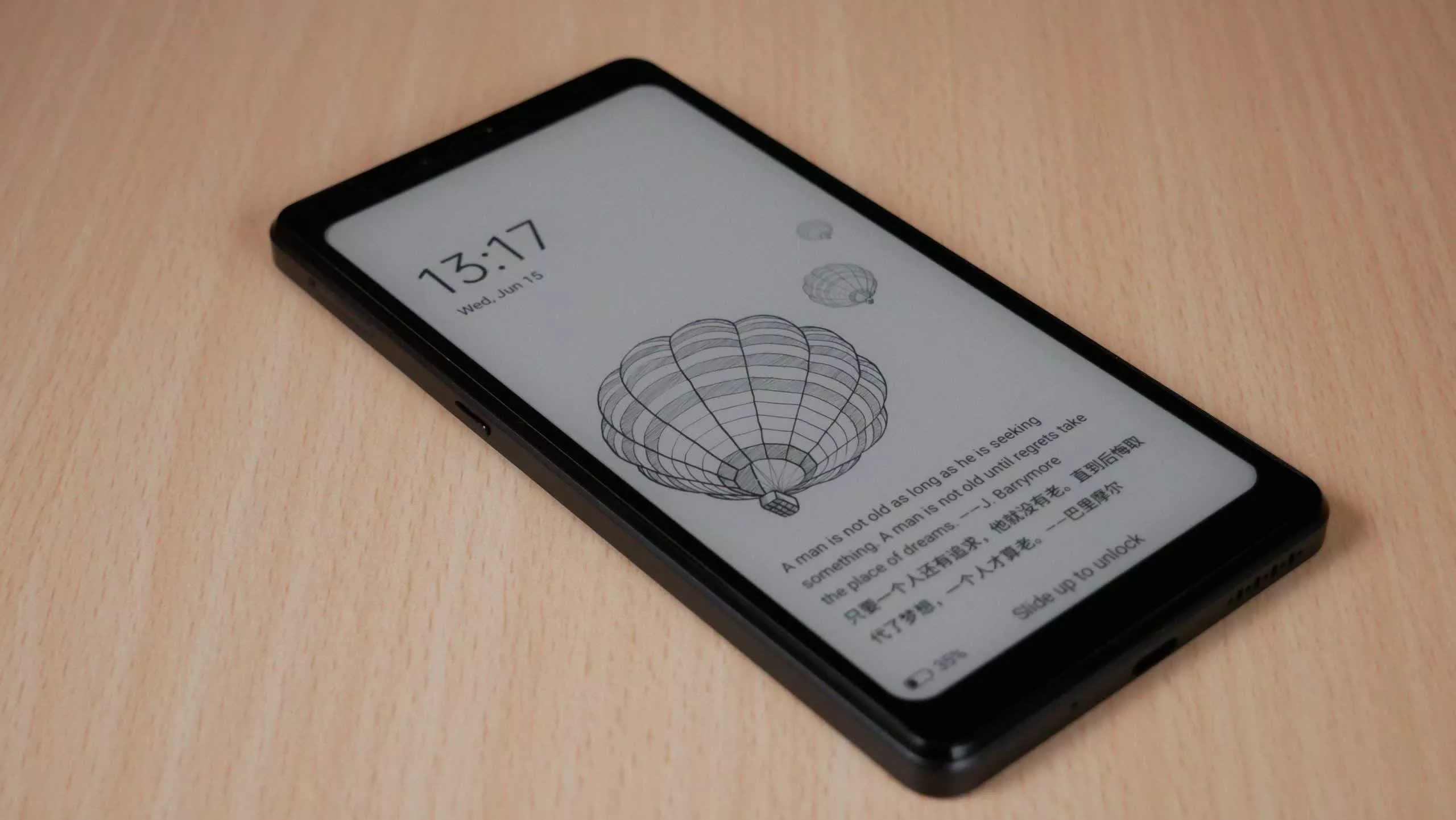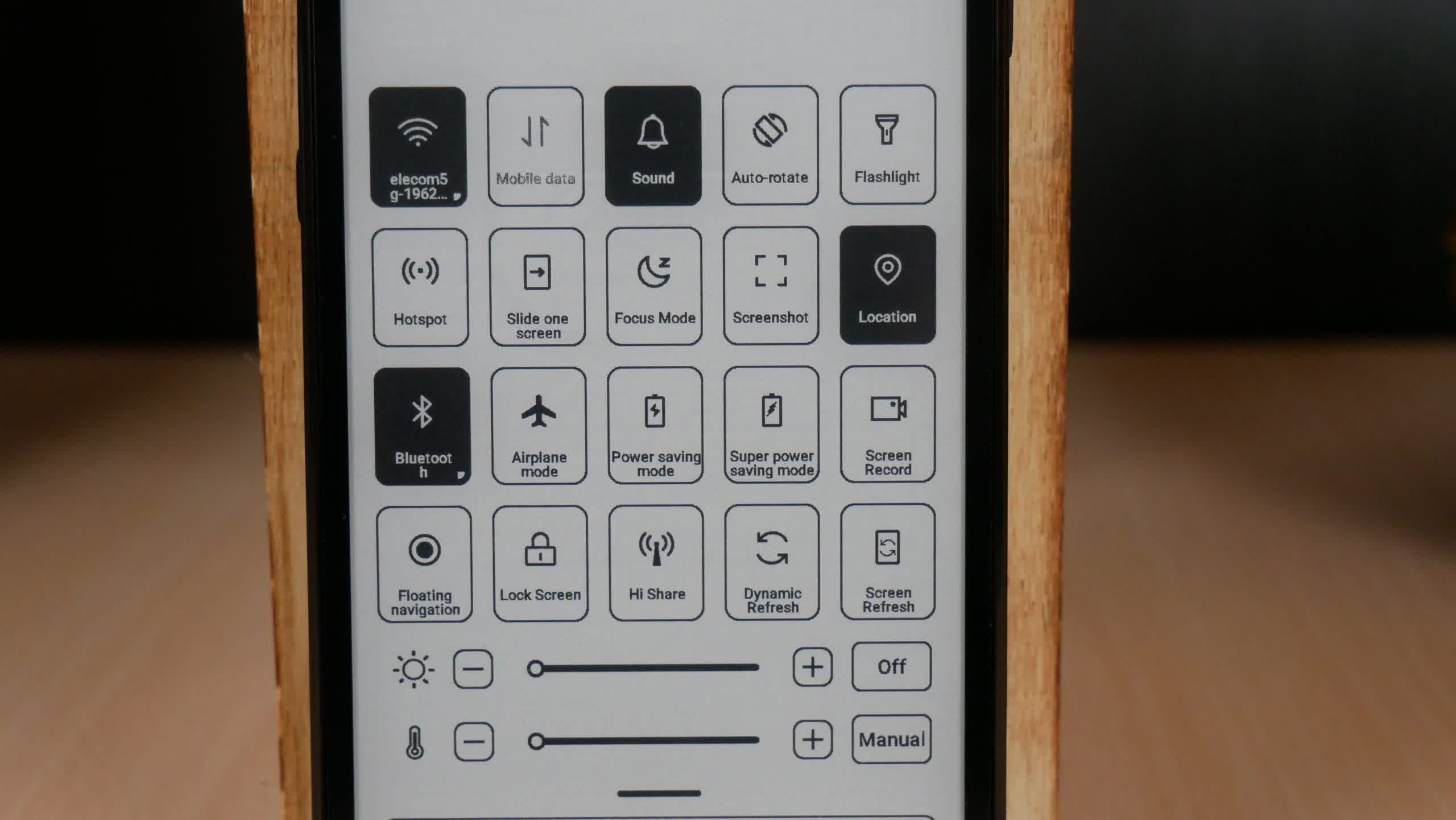In brief: Manufacturers typically use e-ink displays for e-readers and digital signage, but occasionally, they find their way into general-purpose devices because of their low-power demand. Hisense's updated A9 might be viable for customers wishing to avoid carrying an e-reader and a smartphone simultaneously, but it has serious drawbacks compared to most modern phones.

A new version of Hisense's e-ink smartphone recently appeared with slightly updated specs. The device might suit users seeking a versatile and flexible e-reader but who don't necessarily need the most advanced phone. The company initially released the A9 in 2022 with options for 4 GB or 6 GB of RAM and 128 GB of internal storage. The new version increases the available memory to 8 GB and doubles the storage to 256 GB with support for expansion through microSD cards.

The device's most visible drawback is its monochrome screen. It uses an E INK Carta 1200 – the same display as Kobo's Elipsa 2E e-reader – with an 824 x 1,648 resolution at 300 pixels per inch. Other significant compromises include the lack of 5G support and the severely obsolete Android 11 operating system.
Although the included operating system puts the A9 far behind most recent Android smartphones, it is still more versatile than most e-readers. While Kindle or Kobo e-readers only support a limited range of apps and formats, access to the entire Android OS allows A9 owners to open any format through alternative apps and web browsers. Boox offers a range of similar Android-powered e-readers with Android 11 and 12 support, including the Tab Ultra and the pocket-sized Palma, but none double as smartphones.

IT Home notes that the updated Hisense A9 is available in China for 3,199 yuan (approximately $439). However, an online Hisense e-reader store will ship the device globally for $659.
Phones, tablets, monitors, and other general-purpose products with e-ink screens are a niche market due to their low refresh rates and inferior colors. However, the panels are glare-free, making them ideal for displaying text. Furthermore, they only consume energy when updating the screen, substantially increasing battery life.
Dasung recently introduced a 10.3-inch 60Hz portable e-ink monitor. The 1,872 x 1,404 resolution screen retails for $273 and includes technology to reduce ghosting. It also allows users to adjust lighting to decrease eye strain.
Hisense A9 e-ink smartphone returns with expanded storage and memory